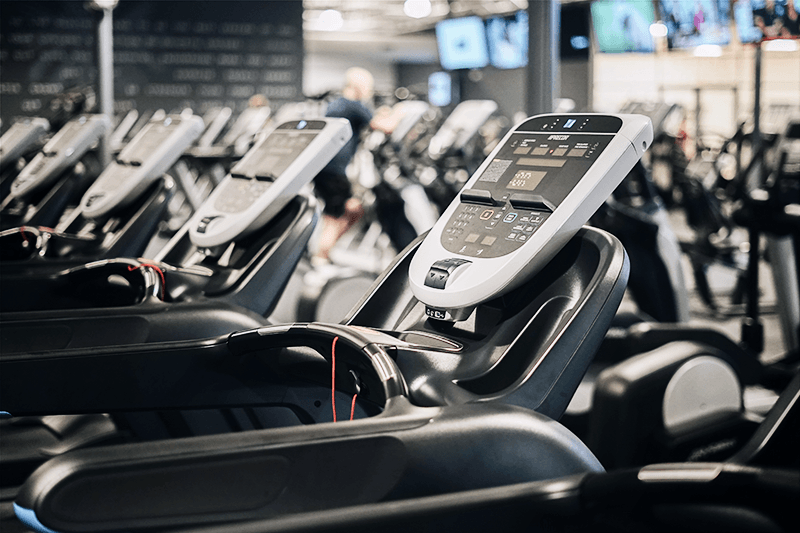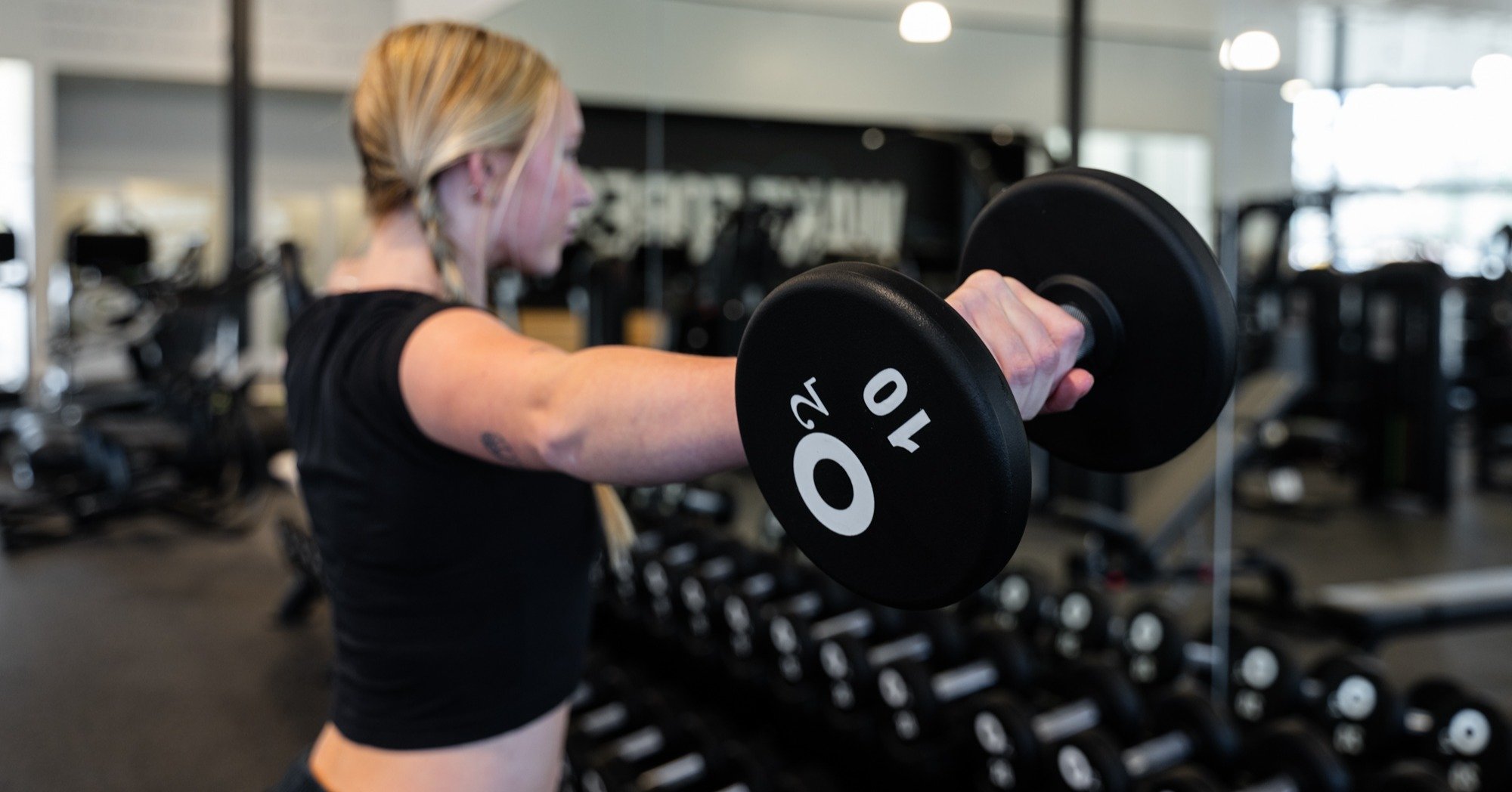Are you bored with your daily walks? There's a simple way to spice things up and get some extra benefits while doing the same workout: walking backward on the treadmill!
People are all over social media posting about how walking backward has helped strengthen their knees, improve their balance, increase quad definition, and more. Unlike most health and fitness trends, walking backward has some legitimate benefits when you add it to your regular workout routine!
But before you throw it in reverse, keep reading. In this blog, we will dive deeper into the benefits and explain how to safely walk backward on the treadmill.
Benefits of Walking Backwards on a Treadmill
Walking and jogging backward on a treadmill can provide a unique set of benefits that you may not experience with forward-facing exercise. Here are some reasons why walking backward on the treadmill can be beneficial:
-
Improves gait and mobility: Compared to forward walking, backward walking can enhance mobility in the knees, hips, and ankles, help alleviate pain, and reduce shock absorption.
-
Enhances quad function: Walking backward can activate and strengthen the quadriceps, which are crucial for knee extension and recovery after injuries or surgeries.
-
Builds coordination and stability: The challenge of walking in reverse can improve coordination, balance, and core activation, strengthening the muscles around your ankles and reducing the risk of falls.
-
Improved Coordination and Mental Function: Walking backward can enhance coordination, body awareness, and mental focus. It challenges your brain to adapt to a different movement pattern, stimulating cognitive function.
-
Reduced Knee Pain: Backward walking can help alleviate knee pain by reducing pressure on the knee joint and strengthening supporting muscles.
-
Engagement of Different Muscles: Walking backward targets different muscle groups, including calves, hamstrings, lower back, buttocks, and quadriceps, offering a well-rounded workout.
-
Cardiorespiratory Fitness: Walking or running backward on a treadmill can improve cardiovascular fitness by increasing oxygen usage efficiency over time.
How To Walk Backwards on a Treadmill
If you have an injury or pain, it’s important to check with a physical therapist to make sure that walking backward on a treadmill is safe for you.
Once you get the OK, start slowly to help get yourself into a good walking rhythm. Backward walking really tests your coordination and balance, so you might find that simply walking backward at a slow speed is enough of a challenge to start.
You can increase your speed in small increments as you get the hang of it. Depending on your comfort level, it might take multiple sessions to work your way up, or more athletic individuals might be tempted to crank it up immediately. Listen to your body, and play safe.
To safely walk backward on the treadmill:
- Stand on a treadmill facing towards the rear of the machine, placing your feet on either side of the belt.
- Attach the safety clip. This will automatically stop the belt if you get too far away from the front on the treadmill to minimize your risk of falling.
- Start the treadmill, and check the treadmill is moving at its slowest speed.
- Grab onto the handrails of the treadmill.
- Hop onto the treadmill, and start walking by reaching one leg backward and landing on your toes. Roll onto your heel as your knee naturally straightens as it comes under you.
- Repeat. (As you get more comfortable, you can increase the speed, or ideally, have a friend, trainer, or physiotherapist increase the speed slowly for you.)
How Long Should I Walk Backward on a Treadmill?
If your focus is to improve or rehab an injury, start with slow one-minute intervals focused on building strength, coordination, and mobility. Start small, and over time, you can build up to start increasing your speed or time.
If you’re walking backward for general knee and ankle health, doing a few short intervals one to two days a week is enough to maintain your strength and mobility. Try adding it at the end of your workout, walking slowly, and focusing on muscle activation (focusing on speed can cause your form to break down fast).
For people looking to increase intensity, try intervals at higher speeds or walking for 5 to 20 minutes. These will help you achieve the intensity you're looking for!
Do I Hold the Handrails When Walking Backward?
Definitely use the handrails to start! Once you've built up confidence in your balance and feel comfortable, you should try experimenting with taking your hands off the rails. Moving backward requires core strength, ankle stability, and strong legs, so if you notice any weakness, keep your hands on or close to the handrails for stability.
Walking backward without gripping the handrails will help build more strength and balance because without them your body will have to work harder to hold itself up. When you think that you're ready to not use the handrails, first try holding just one, and then try not using them at all!
Should I Turn the Treadmill On or Leave It Off?
Walking backward with the treadmill turned off is called "reverse deadmill walking."
Deadmill walking requires your muscles to work harder to push the treadmill belt forward. When the treadmill is turned on, you move with the belt, and the treadmill will keep moving whether you do or not. But with the power off, you have to do all the work.
If you’ve mastered backward walking and are ready for your next challenge, reverse deadmill walking is a great progression. Just remember that some treadmills aren’t designed for use when turned off, and it could damage the motor. Talk to your gym or fitness club's personal training team to find a treadmill suitable for deadmill walking.
Takeaways...
In conclusion, walking backward on a treadmill can offer a range of benefits for your physical and mental well-being. By following safety precautions, starting slowly and gradually increasing intensity, you can enjoy a challenging and effective workout that engages your entire body.
So, the next time you hit the treadmill at O2 Fitness Clubs, consider adding some backward walking or jogging to your routine for a new fitness experience!









.jpg)
.jpg)
